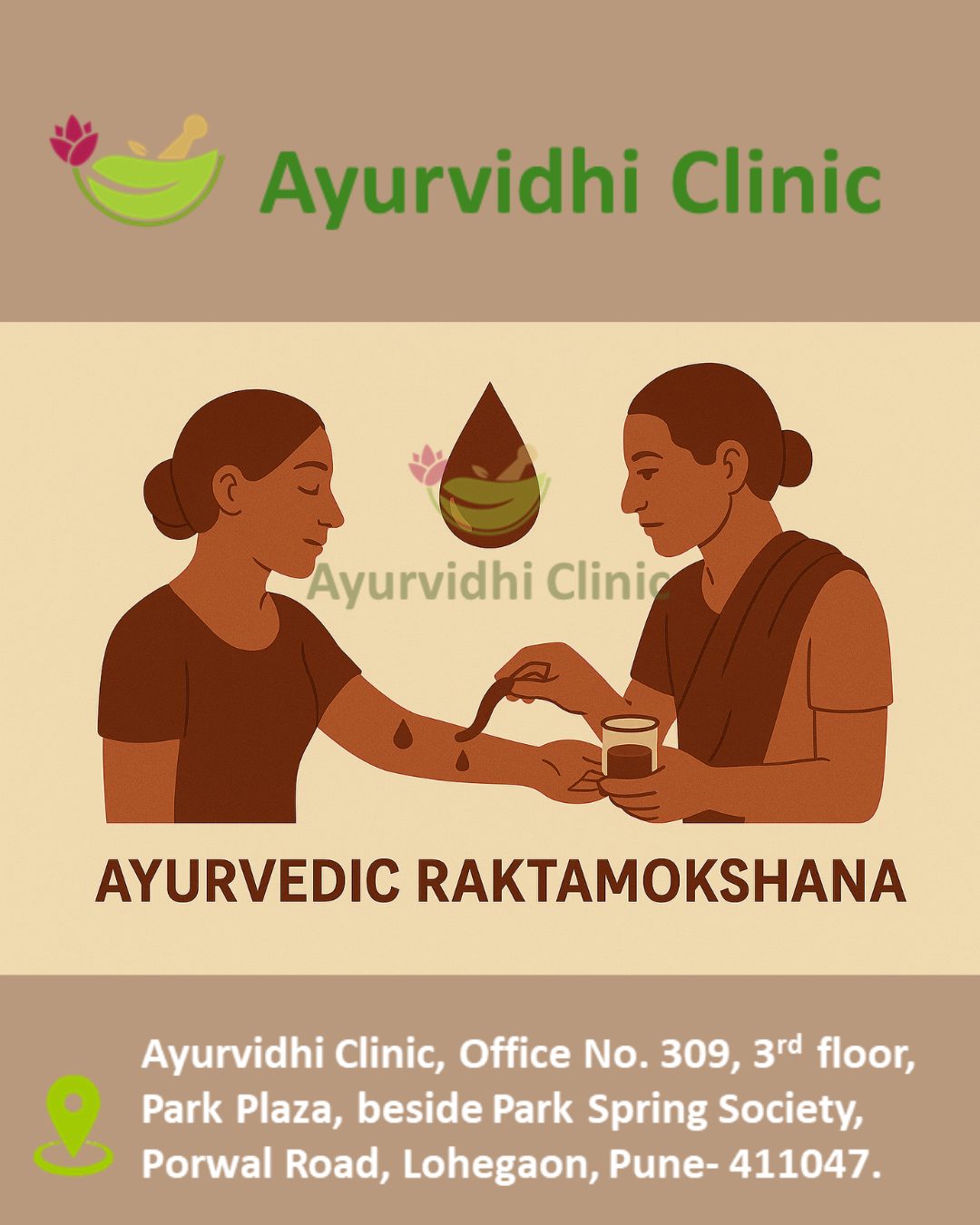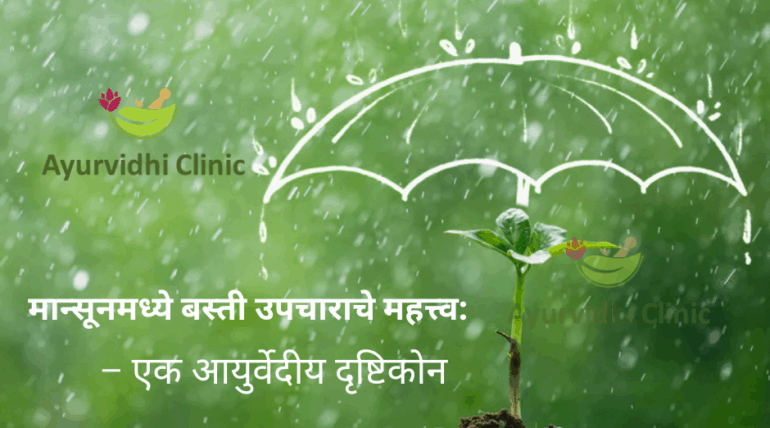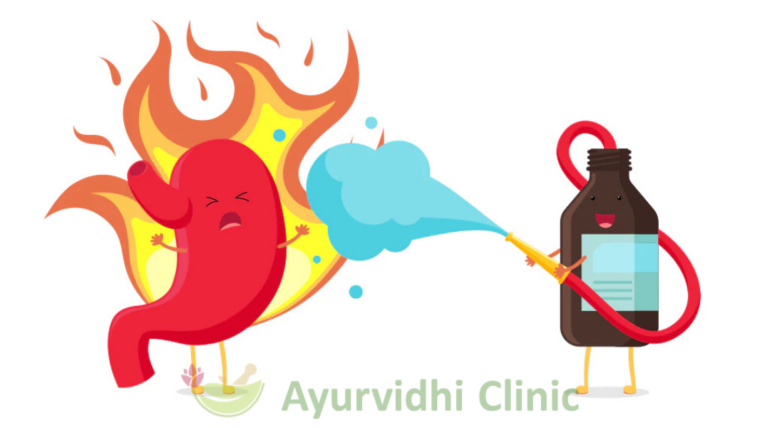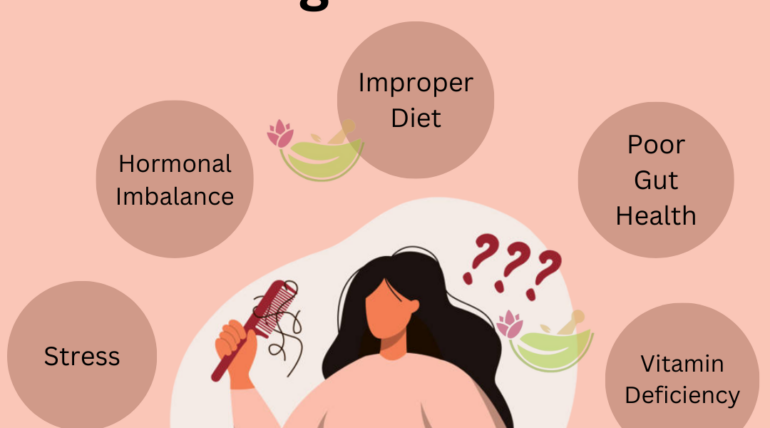Importance of Raktamokshana in Ayurveda: An Ancient Blood Purification Therapy
Raktamokshana, one of the five key therapies of Panchakarma in Ayurveda, is a powerful and time-tested method of blood purification. Literally meaning “bloodletting” (Rakta = blood, Mokshana = to release), this therapy is based on the Ayurvedic principle that impure blood (dosha-dushta rakta) is the root cause of many skin, muscular, and systemic diseases. By eliminating vitiated blood from the body, Raktamokshana restores balance, promotes healing, and rejuvenates the system naturally.
Ayurvedic Concept of Raktamokshana
In Ayurveda, Rakta dhatu (blood tissue) is considered a vital carrier of life force. When it becomes impure due to an imbalance in doshas (Vata, Pitta, and Kapha)—especially Pitta—it leads to various disorders like skin problems, inflammation, infections, and chronic diseases.
Raktamokshana helps in:
-
Removing toxins and impurities from the blood
-
Reducing inflammation, swelling, and heat from the affected areas
-
Balancing Pitta dosha
-
Enhancing the circulation and oxygenation of tissues
Methods of Raktamokshana
In Ayurveda four different methods of Raktamokshana are described. Which are as follows.
-
Siravedha (Venesection) – Controlled removal of blood through veins
-
Jalaukavacharana (Leech therapy) – Application of medicinal leeches to suck impure blood
-
Prachchanna Karma – Superficial scarification and scraping
-
Alabu and Shringa – Use of special tools like horn or gourds to create suction
Among the above four methods Jalaukavacharana is most commonly used in treatments due to its benefits and therapeutic properties.
Indications of Raktamokshana (When is it Recommended?)
Raktamokshana is especially useful in Pitta-dominant disorders or diseases caused by impure blood. It is indicated in the following conditions:
-
Skin diseases: Psoriasis, eczema, acne, urticaria
-
Chronic wounds and ulcers
-
Localized pain and inflammation (arthritis, sciatica)
-
Varicose veins and pigmentation issues
-
Hypertension
-
Gout (Vatarakta)
-
Hair fall, premature greying, and dandruff
-
Frequent boils and abscesses
- Acne or Pimples
Health Benefits of Raktamokshana:
-
Detoxifies Blood: Clears impurities, improving overall circulation and immunity.
-
Skin Health: Improves skin texture, reduces rashes, itching, and blemishes.
-
Pain Relief: Reduces chronic pain, joint inflammation, and muscular tension.
-
Balances Doshas: Especially effective in calming excess Pitta and Rakta disorders.
-
Rejuvenates Organs: Enhances the function of liver, skin, and other blood-related organs.
-
Boosts Healing: Accelerates wound healing and reduces the chance of infection.
-
Improves Energy: Helps the body feel lighter, refreshed, and revitalized.
Who Should Do Raktamokshana?
Raktamokshana is recommended for:
-
Individuals with chronic skin issues
-
People suffering from recurring infections or inflammations
-
Those experiencing Pitta-dominant symptoms like burning sensation, bleeding disorders, or anger issues
-
Individuals with autoimmune conditions, after consultation
-
People with lifestyle-related toxins or heavy exposure to chemicals, pollutants, or a non-vegetarian diet.
However, not everyone is a candidate for Raktamokshana. It is not advised for:
-
Pregnant women
-
Extremely weak or anemic individuals
-
Children and elderly (in most cases)
-
Those with bleeding disorders or low platelet count
Precautions and Guidance
Raktamokshana should only be performed under the supervision of a qualified Ayurvedic physician, in a proper clinical setting. Pre- and post-procedural care is important to ensure safe detoxification and recovery. Proper diet (Pathya & Apathya) and rest are crucial for the success of the therapy.
Conclusion
Raktamokshana is a powerful, natural, and holistic approach to cleanse the body from within. As a form of preventive and curative therapy, it stands as a testament to the wisdom of Ayurveda in dealing with chronic and lifestyle-induced diseases. In today’s era of rising toxins and stress, this ancient therapy offers a time-tested solution to restore balance and purity in the body—both inside and out.
Thinking of Raktamokshana? Consult your Ayurvedic expert Dr. Bathe at Ayurvidhi Clinic – Ayurvedic Clinic & Panchakarma Treatment Centre to check if you are suitable for this transformative therapy.
“Let your blood flow clean, your body feel light, and your health glow with Ayurveda.”















Recent Comments